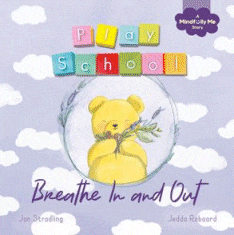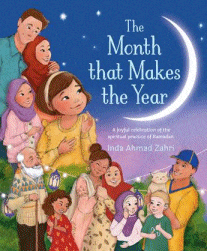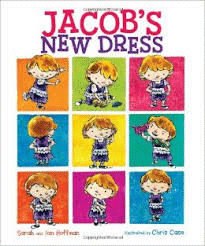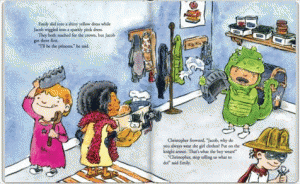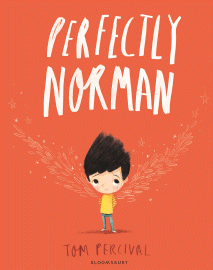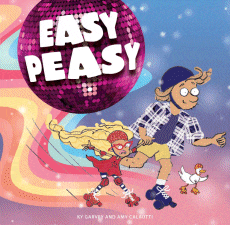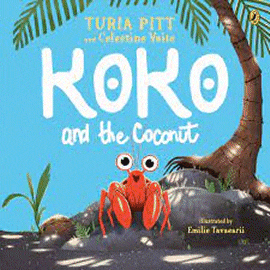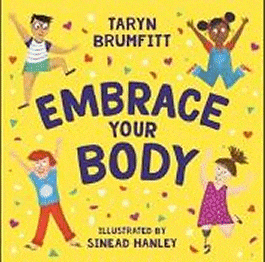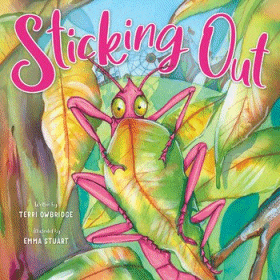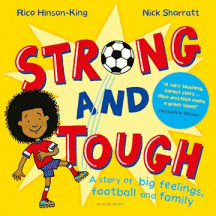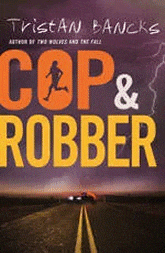
Cop and Robber
Cop and Robber
Tristan Bancks
Puffin, 2022
256pp., pbk., RRP $A16.99
9781761045943
Nash Hall’s dad is a criminal who just can’t seem to go straight. As a former boxer fallen on hard times, he thinks the only thing left for him is to steal money. He wants Nash to help him commit a robbery and seems to have no qualms about making his son an unintentional accomplice. The trouble is, Nash’s mum is a cop. and she is Nash’s rock. And the robbery is at Nash’s school because his dad sees it as a soft target, particularly immediately after the school fair. But Dad owes a lot of money to some very dangerous people and if Nash doesn’t help him do the job, it could cost both their lives. So does Nash try to stand by his Dad likes his mum stands by him, and turn his activities around in a way that his mum couldn’t, or does he tell his mum and ruin the relationship with his dad for ever? Can there be a happy ending for anyone in this story?
I read a lot of books, particularly those for children, and therefore it is to be expected that not all of them stand out to be recalled over and over again. But this one had me enthralled from beginning to end, not just because of the quality of Bancks’ writing – he has had me as a fan since Two Wolves – but for the originality of the plot and that I could hear myself reading it aloud to equally enthralled students and asking them, “What would YOU do?” So when I recommended it, yet again, to a teacher librarian’s forum as a story that would allow them to explore perspective and perception perfectly, I was surprised that I had not reviewed it already. My only excuse is that this blog is primarily for books for for younger readers but occasionally I add must-reads-for-olders and this is one of them.
Nothing that Bancks has written in this genre, including Detention and The Fall has ever left me disappointed, even as an adult reader, but it is this new one that offers so many avenues for exploration particularly relating to moral dilemmas which the target audience are going to have to face as they navigate adolescence into adulthood. Not that they are likely to be in the same scenario as Nash, but there are going to be challenges where they will be torn between what they know is right and what their peers are pressuring them to do. Comprehensive teaching notes explore these issues including how to explore the inner and outer worlds of Nash’s thinking as he grapples with the dilemma.
In a literary world that is full of futuristic stories of fantastic heroes, this one is one that will endure long after the reader has put it down, Ask me how I know!
